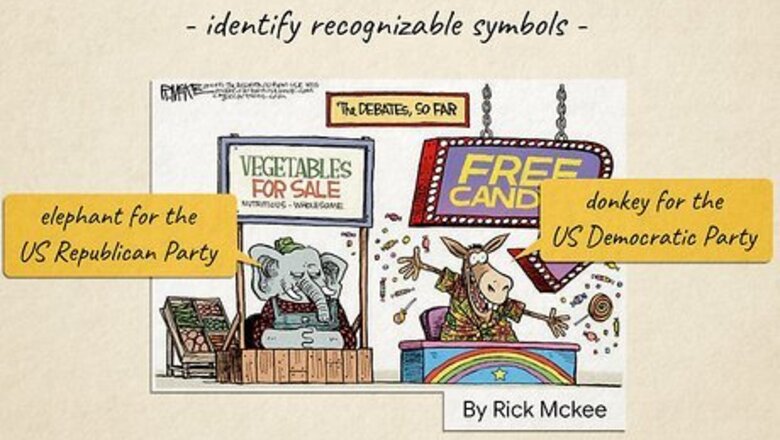
views
X
Research source
By examining the image and text elements of the cartoon, you can start to understand its deeper message and evaluate its effectiveness.
Examining the Image and Text
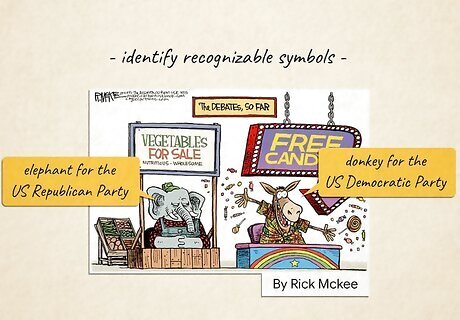
Scan the cartoon for recognizable symbols or figures. When you first look at a political cartoon, quickly identify the main visual elements. Can you recognize any people, like politicians or celebrities? What kinds of expressions are they making? How about any major symbols or places, like the capital or a country? These visuals are major hints to help you identify what the cartoon is about. Common Symbols in Political Cartoons Uncle Sam or an eagle for the United StatesJohn Bull, Britannia or a lion for the United KingdomA beaver for CanadaA bear for RussiaA dragon for ChinaA sun for JapanA kangaroo for AustraliaA donkey for the US Democratic PartyAn elephant for the US Republican Party
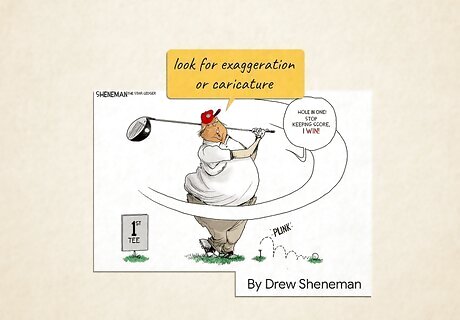
Identify areas of exaggeration or caricature. Cartoonists will often exaggerate or distort certain people, places, or other elements of the drawing, either to make something easily recognizable or to make a point. First, identify what aspects have been exaggerated or distorted. Then, ask yourself why the artist might have made that decision. Many political cartoonists will include caricatures of well-known politicians, which means they’ll exaggerate their features or bodies for humor, easy identification, or to emphasize a point. For example, an artist might make an overweight politician even larger to emphasize their greed or power.
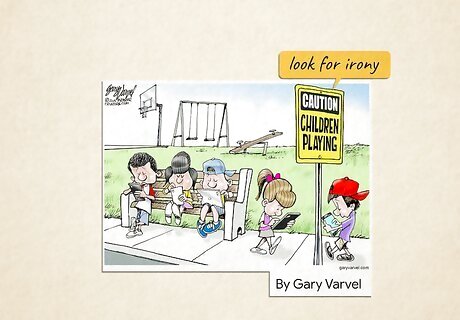
Recognize when the artist is using irony, and how. Artists often create irony by emphasizing the difference between the way things are and the way they should be. This is usually very exaggerated and easy to pick up on, since the cartoonist doesn’t want you to get the wrong idea. Their use of irony can be a big clue towards uncovering their perspective on the issue. For example, if the cartoonist shows wealthy people receiving money while poorer people beg them for change, they’re using irony to show the viewer how wrong they believe the situation to be.
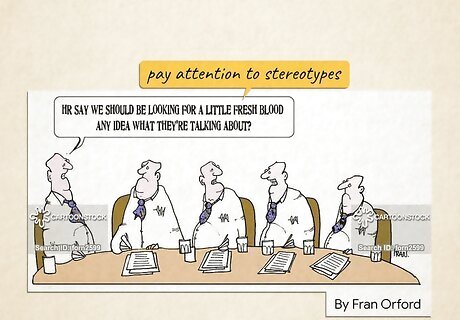
Pay attention to how stereotypes are used. A cartoonist might use recognizable stereotypes in the cartoon, either to help the reader identify them or to call them out as offensive and outdated. Try to look at these stereotypes from an academic standpoint, even if they feel hurtful or offensive. How is the artist using or playing off of the stereotype? Why did they choose to use it in this way? For example, the stereotype of a fat man in a suit often stands for business interests. If you’re analyzing a historical political cartoon, take its time period into account. Was this kind of stereotype the norm for this time? How is the artist challenging or supporting it?
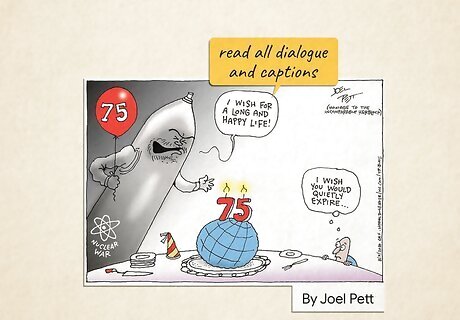
Read all dialogue and captions and see how they work with the imagery. There won’t be much text in a political cartoon, but what is there can really help you decipher the issue and message. Read the text carefully and ask yourself how it clarifies or complicates the images you see. Text in Political Cartoons Labels might be written on people, objects or places. For example, a person in a suit might be labeled “Congress,” or a briefcase might be labeled with a company’s name. Text bubbles might come from one or more of the characters to show dialogue. They’re represented by solid circles or boxes around text. Thought bubbles show what a character is thinking. They usually look like small clouds. Captions or titles are text outside of the cartoon, either below or above it. They give more information or interpretation to what is happening in the cartoon itself.
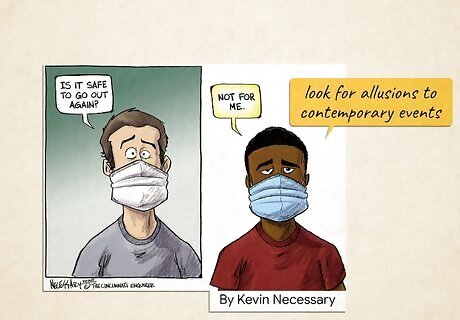
Look for allusions to contemporary events or trends. Many political cartoons are linked to current events or trends, which are often easily recognizable. Think about current major news stories and look for clues to them in the cartoon, either visual or textual. For example, a cartoon about voting might include a voting ballot with political candidates and celebrities, indicating that more people may be interested in voting for celebrities than government officials. The effectiveness of allusions often diminishes over time, as people forget about the trends or events.
Analyzing the Issue and Message
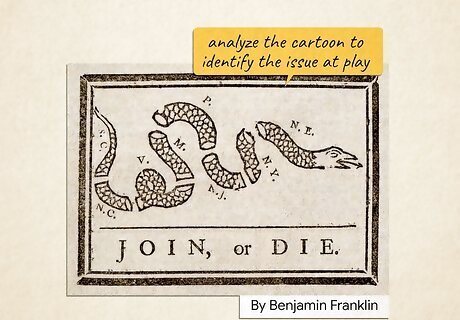
Use the figures, symbols, and text to identify the issue at play. To go deeper into the cartoon, it’s essential that you pinpoint the issue that the cartoonist is portraying. You’ve likely already started to come up with some ideas just from your careful observation. Now, challenge yourself to determine what the exact topic is. If you need help, google the terms, people, or places that you recognize and see what they’ve been in the news for recently. Do some background research and see if the themes and events seem to connect to what you saw in the cartoon.
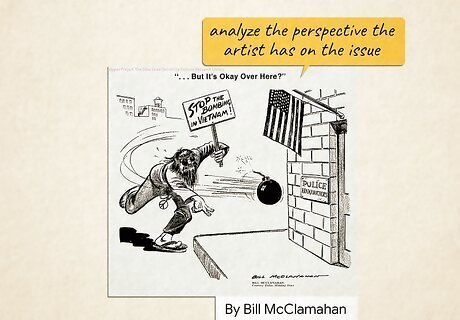
Decide what perspective the artist has on the issue. Cartoons are often made about controversial topics, so there are likely several different viewpoints the cartoonist could have taken. Determining what their view is will help you glean the overall message. Ask yourself how the different characters, objects, or places are portrayed, and if you can identify a clear hero, villain, or victim. The view might be complex, but do your best to parse it out. For example, an anti-war cartoon might portray the soldiers as heroes, but the government ordering them into battle as selfish or wrong.
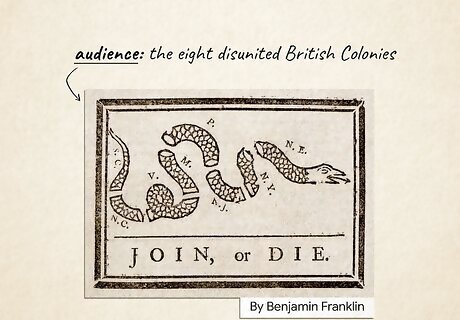
Think about what audience the cartoon is made for. A cartoonist creates their cartoon with a certain audience in mind, thinking about their experiences and assumptions. Look at the cartoon’s publication and ask yourself what segment of the population it’s most geared towards. What are their political leanings, especially on this issue? How might you expect them to react to the cartoon? For example, a political cartoon in a more conservative publication will convey a different message, and use different means of conveying it, than one in a liberal publication.
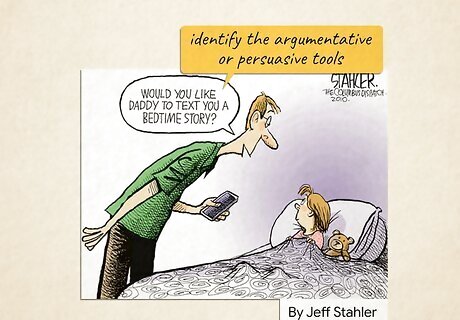
Identify what argumentative or persuasive tools the artist is using. To really analyze the cartoon, you want to think about not only what the artist says, but also what tools they’re using it say it. A good starting point is to consider the rhetorical devices of ethos, pathos, and logos, which are elements of speech and language used to create forceful, effective arguments. Think about how the artist uses these in the cartoon, and why they choose to employ them. Rhetorical Devices Pathos: An emotional appeal that tries to engage the reader on an emotional level. For example, the cartoonist might show helpless citizens being tricked by corporations to pique your pity and sense of injustice. Ethos: An ethical appeal meant to demonstrate the author’s legitimacy as someone who can comment on the issue. This might be shown through the author’s byline, which could say something like, “by Tim Carter, journalist specializing in economics.” Logos: A rational appeal that uses logical evidence to support an argument, like facts or statistics. For example, a caption or label in the cartoon might cite statistics like the unemployment rate or number of casualties in a war.
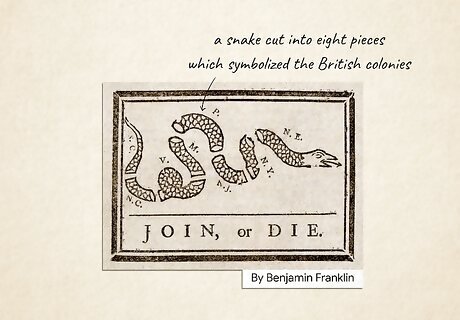
State the overall message of the cartoon in a few sentences. Using what you’ve learned, observed, and analyzed from the different elements of the cartoon, challenge yourself to identify the overall message. Boil it down to one sentence, if you can. What does the cartoonist want you to get out of this cartoon? How would you describe the message to someone else?
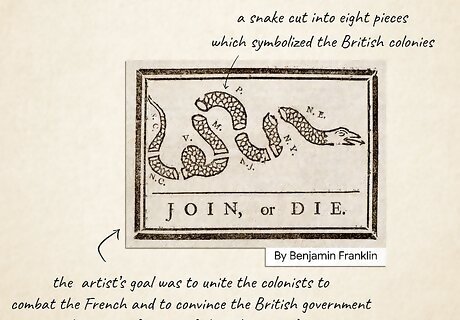
Evaluate the effectiveness of the cartoon. Once you’ve put together all the elements of the cartoon, take a moment and think about how effective it is. Consider this from your point of view as well as that of the intended audience. Ask yourself: Does it make a sound argument? Does it use appropriate and meaningful symbols and words to convey a viewpoint? Do the people and objects in the cartoon adequately represent the issue?












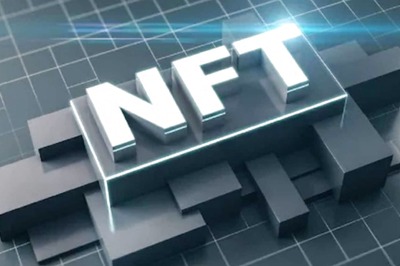


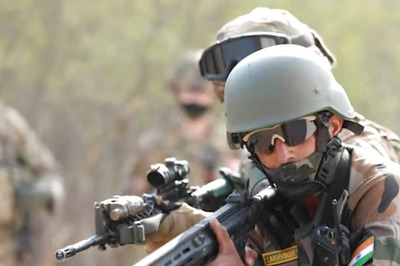
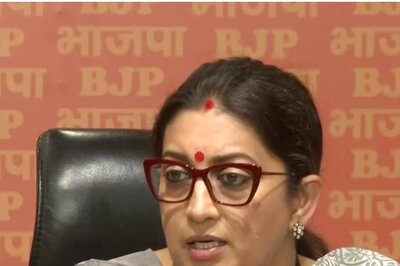

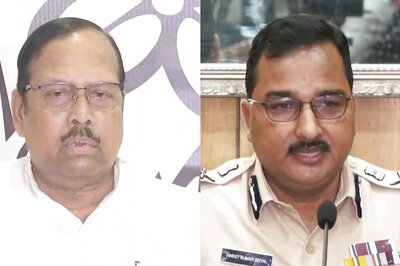
Comments
0 comment